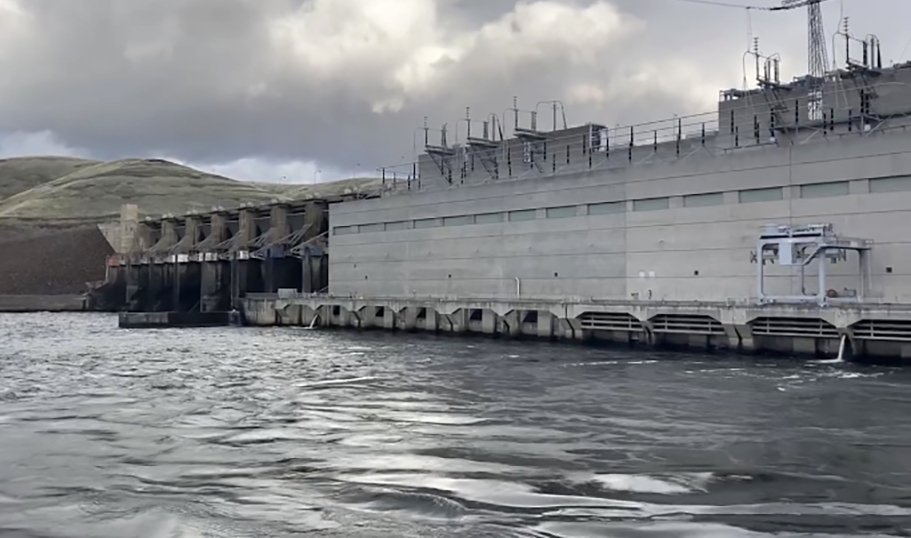
Hydropower dams can cause significant harm to rivers, but much of this harm can be avoided.
A few simple changes can make an enormous difference in the health of a river. For example, dam owners can:
- Change the timing of power generation to more closely mimic a river’s natural ebb and flow.
- Stabilize lake levels and dam releases to protect lake shoreline and riverbanks from erosion.
- Provide safe passage so that fish can get around dams.
- Replace antique turbines and generators with more efficient modern equipment to make more electricity with less water.
- Restore habitat for fish and wildlife.
- Tweak dam operations and install measures that help to maintain appropriate temperature and oxygen levels in rivers.
- Provide access and release water back into rivers so that people can fish, boat, and swim.
 In terms of “lost” power generation, these changes are roughly analogous to installing scrubbers on a coal-fired power plant. When the Federal Energy Regulatory Commission studied more than 240 dams that had been brought up to modern environmental standards since 1986, it found that these improvements resulted in an average loss of only 1.6% of power generation.
In terms of “lost” power generation, these changes are roughly analogous to installing scrubbers on a coal-fired power plant. When the Federal Energy Regulatory Commission studied more than 240 dams that had been brought up to modern environmental standards since 1986, it found that these improvements resulted in an average loss of only 1.6% of power generation.
When this figure is applied to hydropower dams that will be evaluated for new operating licenses between 2000 and 2010, it translates to a loss of just 0.04% — that’s four one-hundredths of one percent — of our national energy supply. If one out of every twenty households in America replaced just one lightbulb with a compact fluorescent bulb, we would more than make up for this “lost” power.
That’s a small price to pay for healthy rivers. The benefits to human and natural communities, however, have been immense. for Example:
- In northern Michigan, Consumers Power worked with government agencies and citizen groups to restore more natural flows to a local river. Fish populations bounced back quickly, bringing more than $590,000 a year from fisheries into neighboring communities.
- In rural western Massachusetts and southern Vermont, recreational flows at a hydropower dam on the Deerfield River allowed new, multi-million dollar rafting and fishing industries to flourish, creating new jobs while maintaining profitable energy production.
- A 2004 agreement on Oregon’s Pelton-Round Butte Project – now jointly owned by Portland General Electric and the Confederated Tribes of the Warm Springs – will result in salmon and steelhead returning to the upper reaches of the Deschutes River for the first time in decades while continuing to supply more than 366 MW of power to customers.
Our experience has taught us that concerned citizens can make these changes a reality. Here’s how it can be done.


